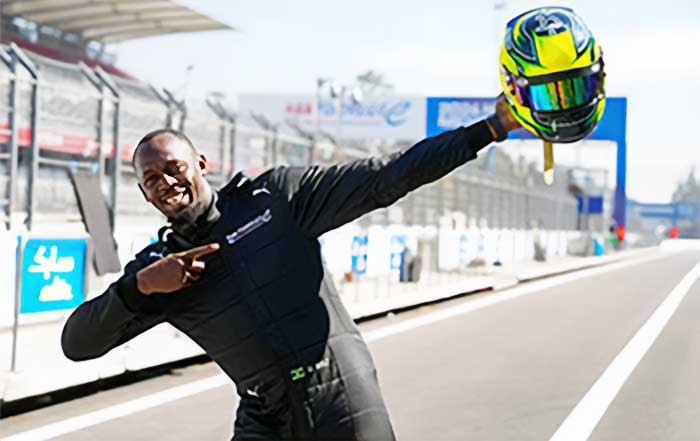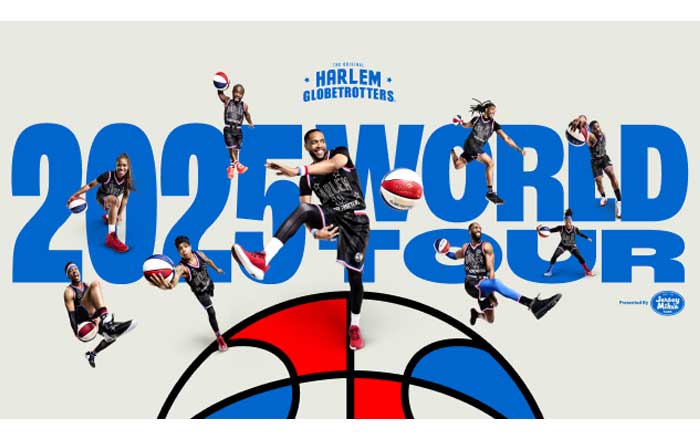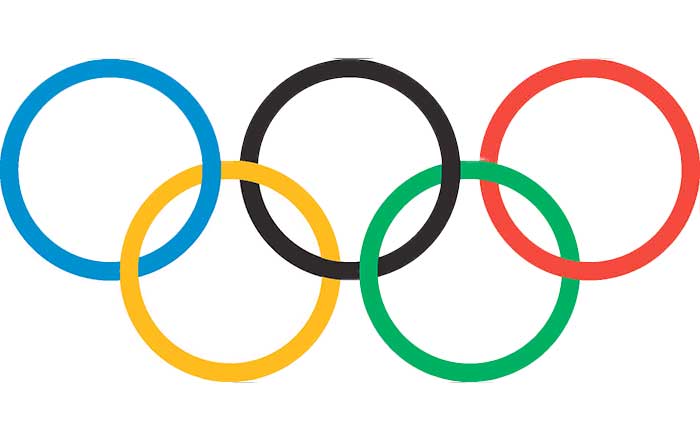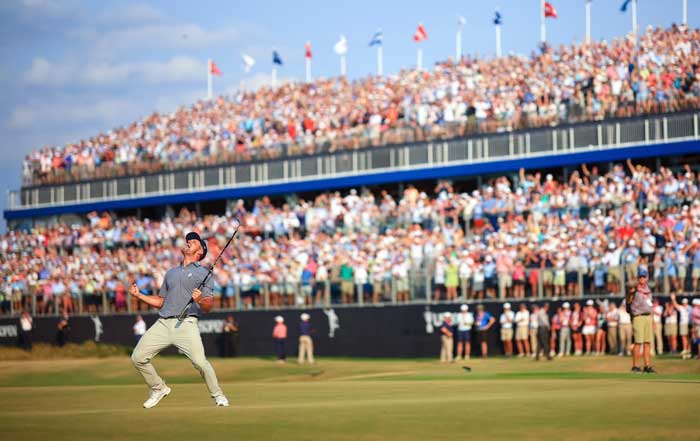The global athletic and sport market has grown exponentially over the past few decades, driven by increased participation in sports, rising health awareness, and the commercialization of sporting events. As of 2024, the market encompasses a wide array of segments, including equipment, apparel, footwear, events, and services. This article delves into the latest market statistics, highlighting trends and developments that shape the industry. Additionally, it provides a preview of key global athletic events scheduled for 2025, offering insights into the upcoming year’s most anticipated sports spectacles.
Market Overview: Size and Growth
As of 2024, the global athletic and sport market is valued at over $500 billion, demonstrating robust growth fueled by increasing consumer interest in fitness and sports activities. The market is projected to maintain a steady growth rate, driven by factors such as the rising popularity of health and wellness trends, technological advancements in sports equipment, and the expansion of sports leagues and events across the globe.
The sports apparel and footwear segment is a significant contributor to the market, accounting for approximately 40% of the total market value. The demand for performance-enhancing apparel and technologically advanced footwear has surged, with consumers seeking products that offer both style and functionality. Major brands like Nike, Adidas, and Under Armour continue to dominate this segment, leveraging innovative designs and strategic marketing to capture a substantial market share.
Sports equipment, encompassing everything from gym gear to specialized sporting goods, represents around 30% of the market. Advances in materials and manufacturing processes have led to the development of lighter, more durable, and efficient equipment, enhancing athletic performance and safety. The growing popularity of individual and recreational sports, such as cycling, running, and yoga, has also contributed to the segment’s expansion.
Sports events and services, including ticket sales, broadcasting rights, sponsorships, and training services, make up the remaining 30% of the market. The commercialization of sports events has reached unprecedented levels, with major leagues and tournaments attracting vast audiences and generating significant revenue. The integration of digital technologies, such as live streaming and virtual reality, has further expanded the reach and engagement of sports events, creating new opportunities for revenue generation.
Regional Market Insights
The athletic and sport market exhibits significant regional variations, reflecting differences in consumer preferences, economic conditions, and sporting cultures. North America remains the largest market, driven by the popularity of professional sports leagues like the NFL, NBA, and MLB, as well as a high level of sports participation among the general population. The region’s advanced infrastructure and high disposable income levels also contribute to its market dominance.
Europe is the second-largest market, characterized by a rich sporting heritage and a diverse array of popular sports, including football (soccer), rugby, tennis, and cycling. The region’s well-established sports clubs and leagues, coupled with strong government support for sports and physical activity, underpin its significant market share. The European market is also notable for its emphasis on sustainability and eco-friendly sports products, reflecting broader environmental concerns.
The Asia-Pacific region is witnessing the fastest growth in the athletic and sport market, driven by rising disposable incomes, increasing urbanization, and growing health awareness. Countries like China, India, and Japan are emerging as major markets, with expanding middle-class populations and a burgeoning interest in sports and fitness activities. The region’s investment in sports infrastructure and the hosting of international sporting events, such as the Olympic Games and the Asian Games, further boost market growth.
Latin America and the Middle East & Africa regions also present significant growth opportunities, albeit from a smaller base. The increasing popularity of sports like football, basketball, and cricket, combined with government initiatives to promote physical activity, contribute to market expansion in these regions. However, economic challenges and limited infrastructure development may pose constraints to growth.
Emerging Trends and Innovations
Several emerging trends and innovations are shaping the future of the athletic and sport market, reflecting the industry’s dynamic and evolving nature. One notable trend is the growing emphasis on sustainability and eco-friendly products. Consumers are increasingly seeking sports apparel, footwear, and equipment made from recycled and sustainable materials, prompting brands to adopt environmentally responsible practices. This shift towards sustainability aligns with broader global efforts to address climate change and reduce environmental impact.
The integration of digital technologies is another significant trend, revolutionizing the way sports are played, watched, and experienced. Wearable technology, such as fitness trackers and smartwatches, provides athletes with real-time data on their performance, enabling them to optimize training and prevent injuries. Virtual reality (VR) and augmented reality (AR) are enhancing fan engagement by offering immersive and interactive experiences, such as virtual stadium tours and AR-enhanced broadcasts.
Personalization is also gaining prominence in the athletic and sport market, with consumers increasingly seeking customized products and experiences. Advances in manufacturing, such as 3D printing, enable brands to offer tailor-made sports equipment and apparel, catering to individual preferences and needs. Personalized training programs and coaching services, delivered through digital platforms, are becoming more accessible, allowing athletes of all levels to achieve their fitness goals.
The rise of eSports is another noteworthy development, blurring the lines between traditional sports and digital gaming. The eSports industry has grown rapidly, attracting millions of viewers and generating substantial revenue through sponsorships, advertising, and merchandise sales. Major sports organizations and brands are investing in eSports, recognizing its potential to engage younger audiences and expand their market reach.
Key Global Athletic Events in 2025
Summer Universiade
Rhine-Ruhr, Germany
World Athletics Championships
Tokyo, Japan
Cricket World Cup
India
Rugby World Cup
Australia
Winter Universiade
Turin, Italy
World Aquatics Championships
Budapest, Hungary
Impact of COVID on the Athletic and Sport Market
The pandemic had a big impact on the athletic and sport market, disrupting group activities, events worldwide as the pandemic led to the postponement or cancellation of numerous sporting events, affecting ticket sales, broadcasting revenues, and sponsorship deals. Gyms and sports facilities faced prolonged closures, impacting the demand for sports equipment and apparel.
However, the pandemic also accelerated certain trends and innovations, reshaping the market in unexpected ways. The shift towards home-based fitness solutions, such as online workout classes and virtual personal training, gained momentum as people sought to maintain their fitness routines during lockdowns. The demand for home fitness equipment, including treadmills, dumbbells, and resistance bands, surged, highlighting the market’s adaptability to changing consumer needs.
Key Global Athletic Events in 2025
The year 2025 promises to be an exciting year for sports enthusiasts, with several key global athletic events on the calendar. These events not only showcase the pinnacle of athletic performance but also generate significant economic activity and foster international camaraderie.
Summer Universiade 2025 – Rhine-Ruhr, Germany
The 2025 Summer Universiade, an international multi-sport event for university athletes, will be held in the Rhine-Ruhr region of Germany. This event, often referred to as the World University Games, will feature thousands of student-athletes from around the world competing in a wide range of sports, including athletics, swimming, basketball, and volleyball. The Universiade serves as a platform for young athletes to showcase their talents on a global stage, fostering the next generation of sporting stars.
2025 World Athletics Championships – Tokyo, Japan
Tokyo, Japan, will host the 2025 World Athletics Championships, bringing together the world’s best track and field athletes. This prestigious event will feature competitions in disciplines such as sprinting, long-distance running, jumping, and throwing. The Championships will provide a platform for athletes to set new records and achieve personal bests, while also highlighting the spirit of sportsmanship and international cooperation.
2025 Cricket World Cup – India
Cricket enthusiasts can look forward to the 2025 Cricket World Cup, which will be hosted by India. This quadrennial event is one of the most anticipated tournaments in the sport, featuring the top cricketing nations competing for the coveted title. The tournament will take place in various iconic stadiums across India, offering a vibrant and festive atmosphere. The Cricket World Cup is expected to attract millions of viewers worldwide, showcasing the enduring popularity and global appeal of the sport.
2025 Rugby World Cup – Australia
Australia will host the 2025 Rugby World Cup, bringing together the best rugby teams from around the globe. This tournament is one of the most prestigious events in the rugby calendar, featuring intense matches and fierce competition. The Rugby World Cup will be held in multiple cities across Australia, providing fans with an opportunity to experience the excitement and camaraderie of the sport. The event is expected to boost tourism and generate significant economic activity in the host cities.
2025 Winter Universiade – Turin, Italy
The 2025 Winter Universiade, an international multi-sport event for university athletes, will take place in Turin, Italy. This event will feature competitions in winter sports such as skiing, ice hockey, figure skating, and snowboarding. The Winter Universiade provides a platform for young athletes to showcase their skills and compete at an elite level, fostering the development of future winter sports stars. The event will also highlight Turin’s rich sporting heritage and world-class winter sports facilities.
2025 World Aquatics Championships – Budapest, Hungary
Budapest, Hungary, will host the 2025 World Aquatics Championships, featuring competitions in swimming, diving, water polo, and synchronized swimming. This event will bring together the world’s best aquatic athletes, providing a platform for record-breaking performances and thrilling competitions. The Championships will take place in state-of-the-art facilities, showcasing Budapest’s commitment to hosting world-class sporting events. The event is expected to attract a global audience and generate significant economic activity for the city.










